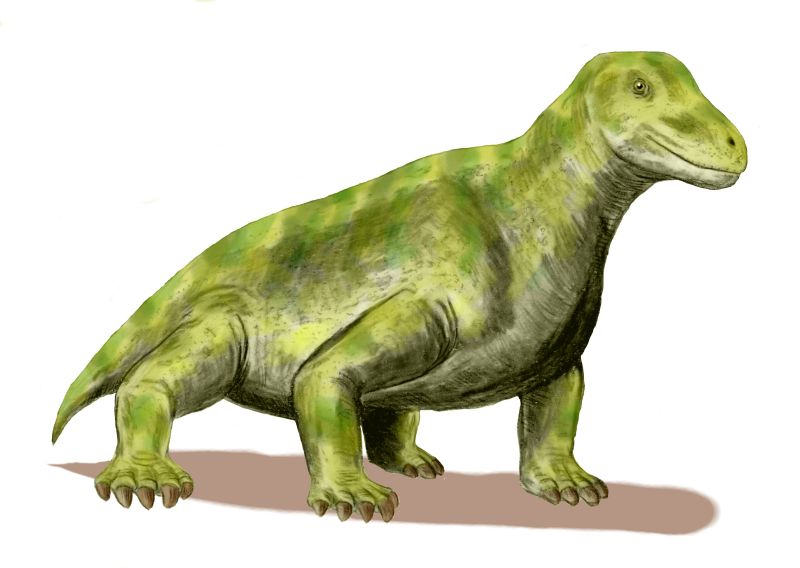The Sturdy Plant-Eater of the Permian
Meet Moschops, a fascinating and sturdy creature from the Middle Permian period, about 265 million years ago!

| Meaning | Calf face [Mosch-ops] |
| Pronunciation | MOSS-kops |
| When: | Permian (about 265–260 million years ago) |
| Where: | Africa (South Africa) |
| What: | Synapsid (Tapinocephalidae) |
| Weight: | Estimated around 700–1,000 kg (1,500–2,200 pounds) |
| Length: | Approximately 2.7–3.5 meters (9–11.5 feet) |
| Diet: | Herbivorous (likely fed on tough, fibrous plants) |
| Discovered: | First described by Robert Broom in 1920 |
Moschops was a large herbivore, part of a group of animals called therapsids, which are distant relatives of mammals.
It had a barrel-shaped body, a thick, strong neck, and a large, flat head with powerful jaws suited for chewing tough plants.
Moschops could grow up to 5 meters (16 feet) long and had short, stocky legs that supported its heavy body.
Its robust build suggests it was well-adapted to a life of grazing in the ancient forests and swamps of what is now southern Africa.
Imagine Moschops plodding through dense vegetation, using its strong jaws to munch on leaves and stems.
